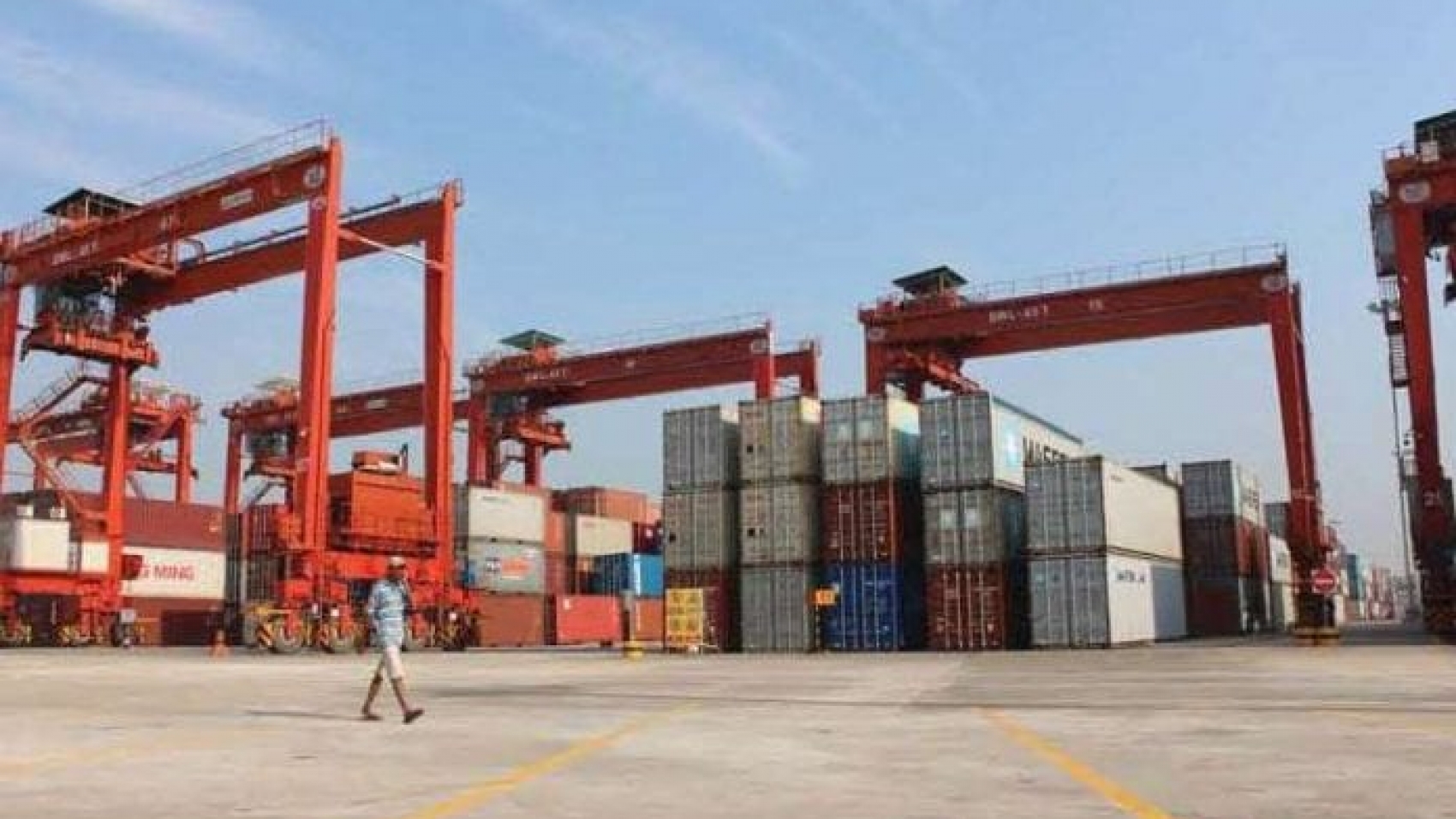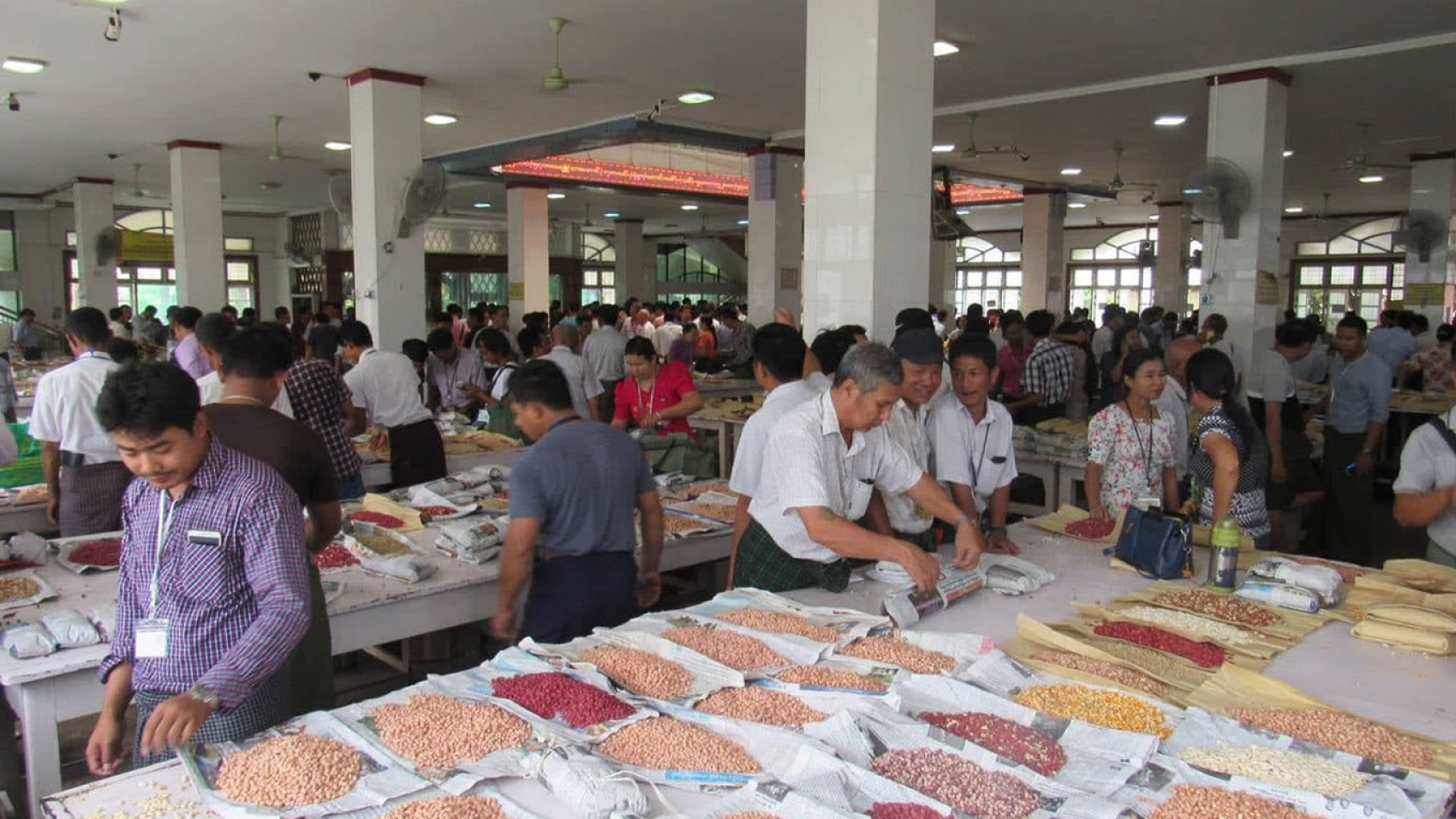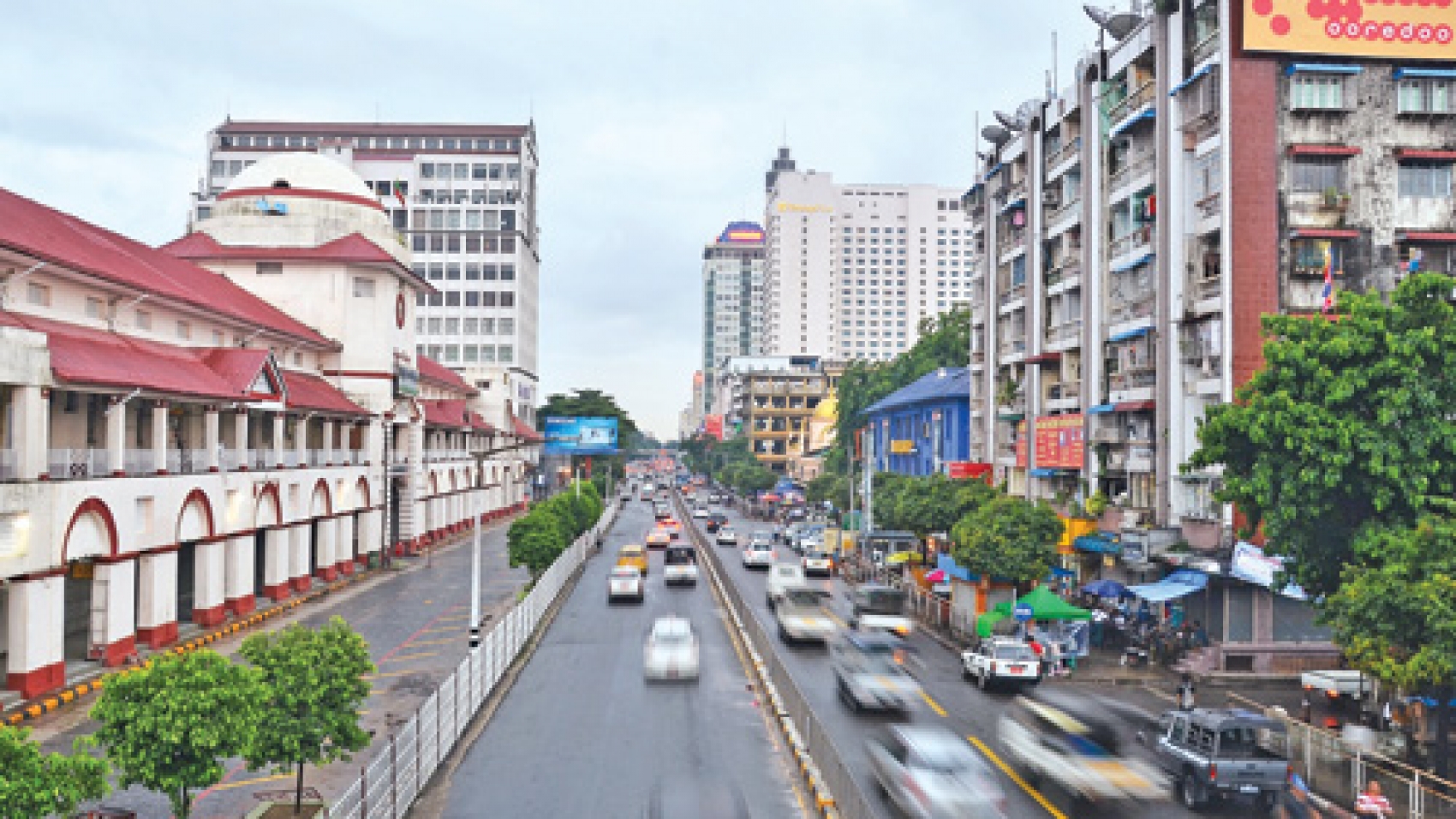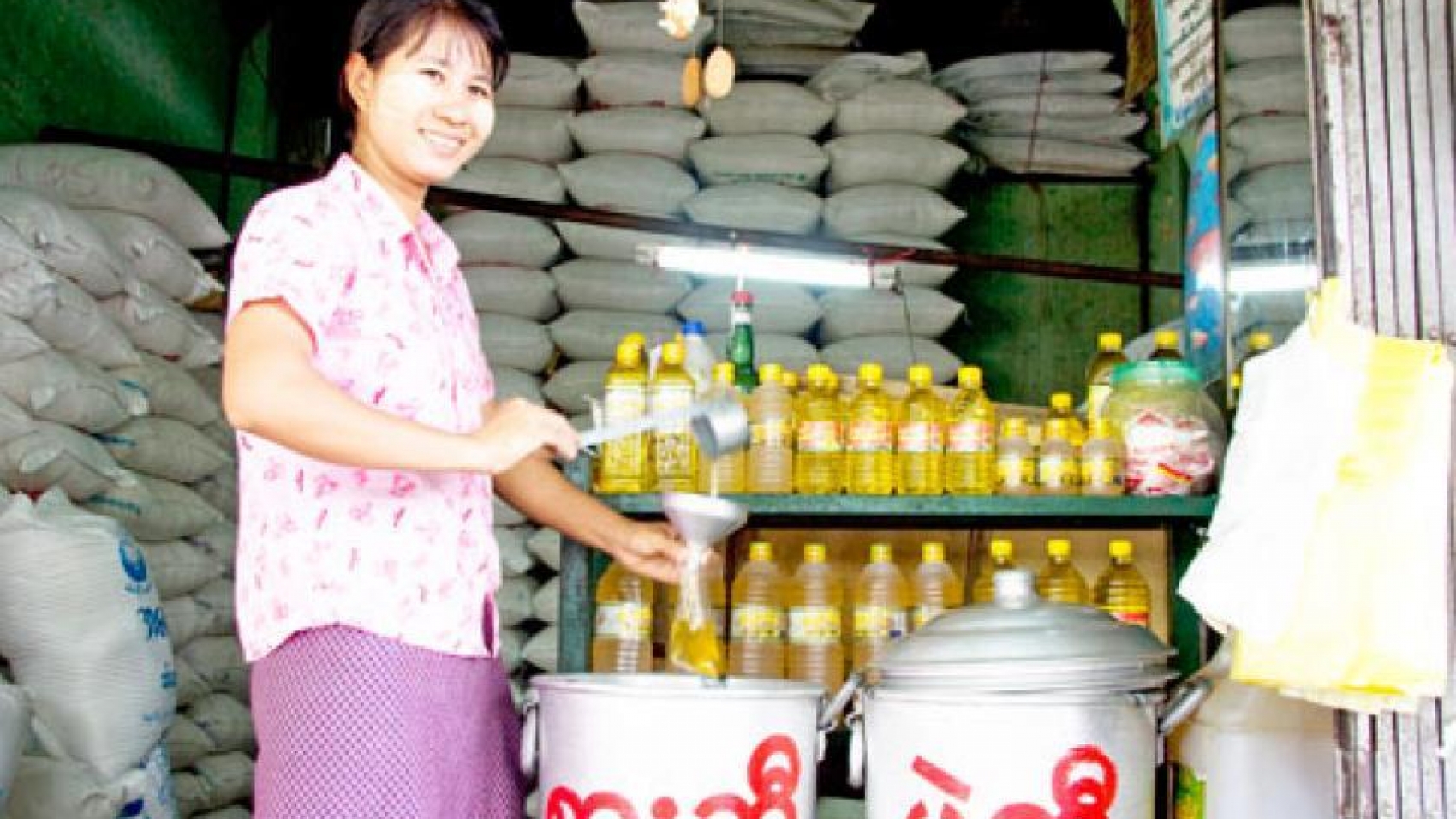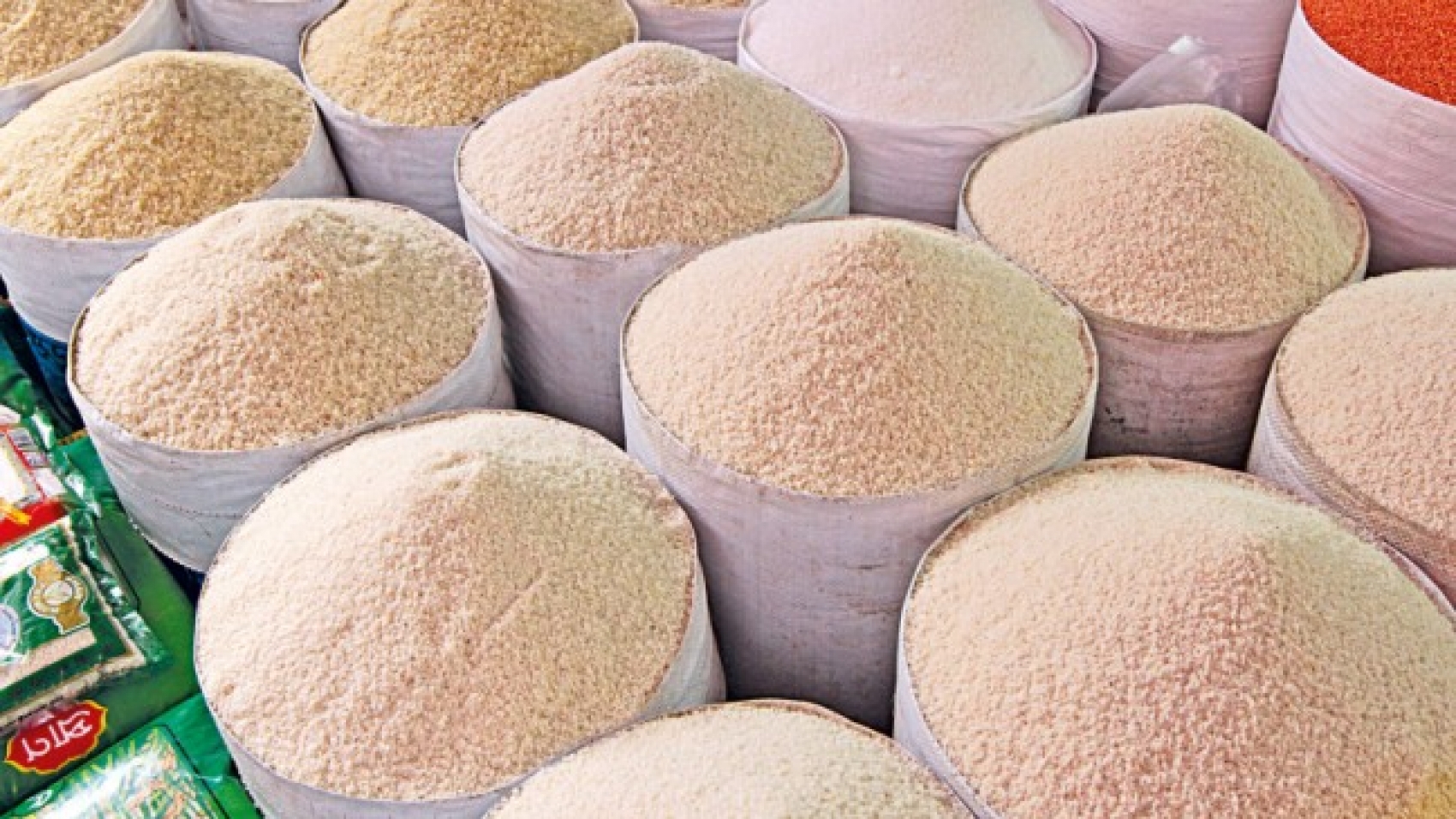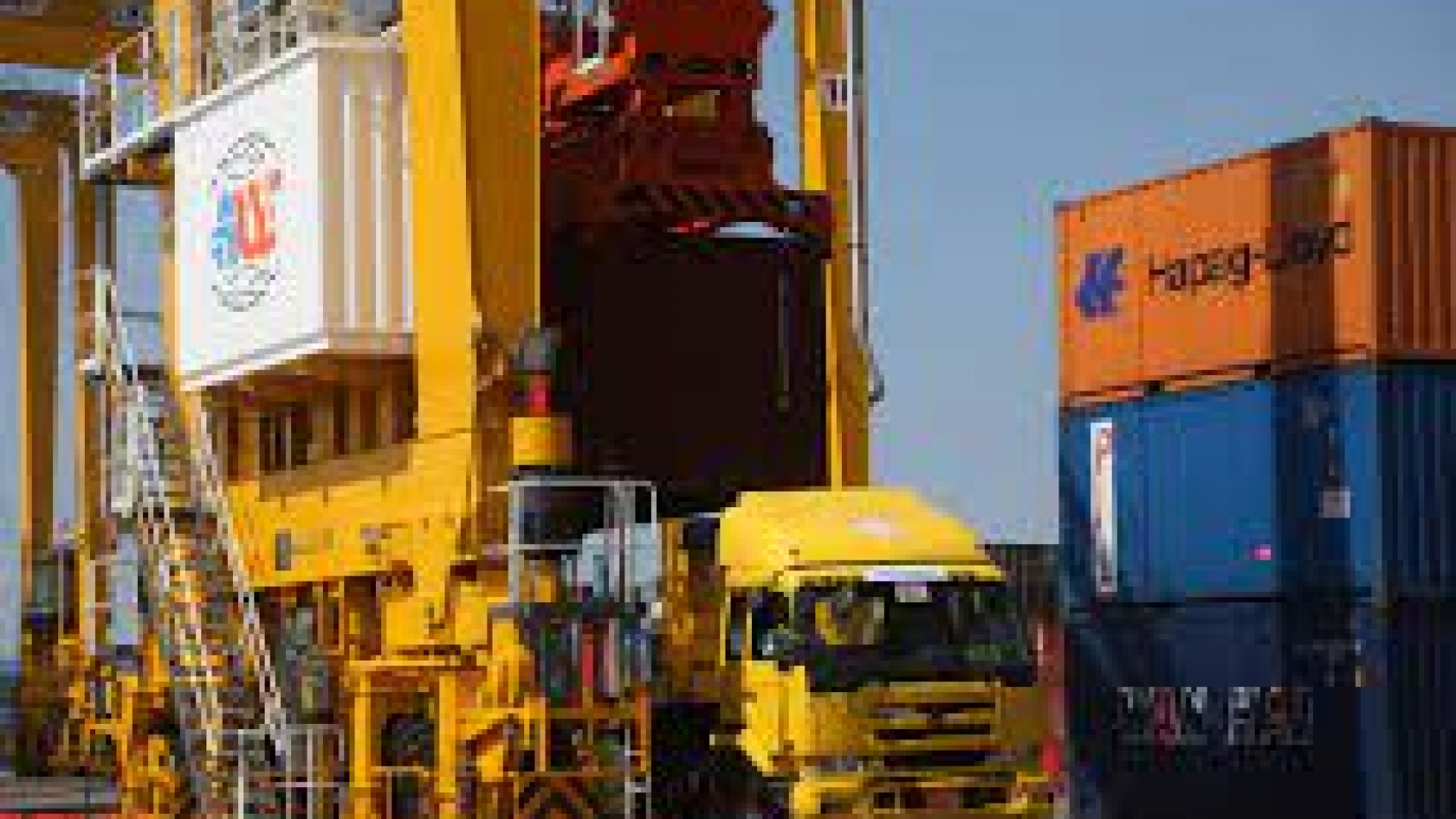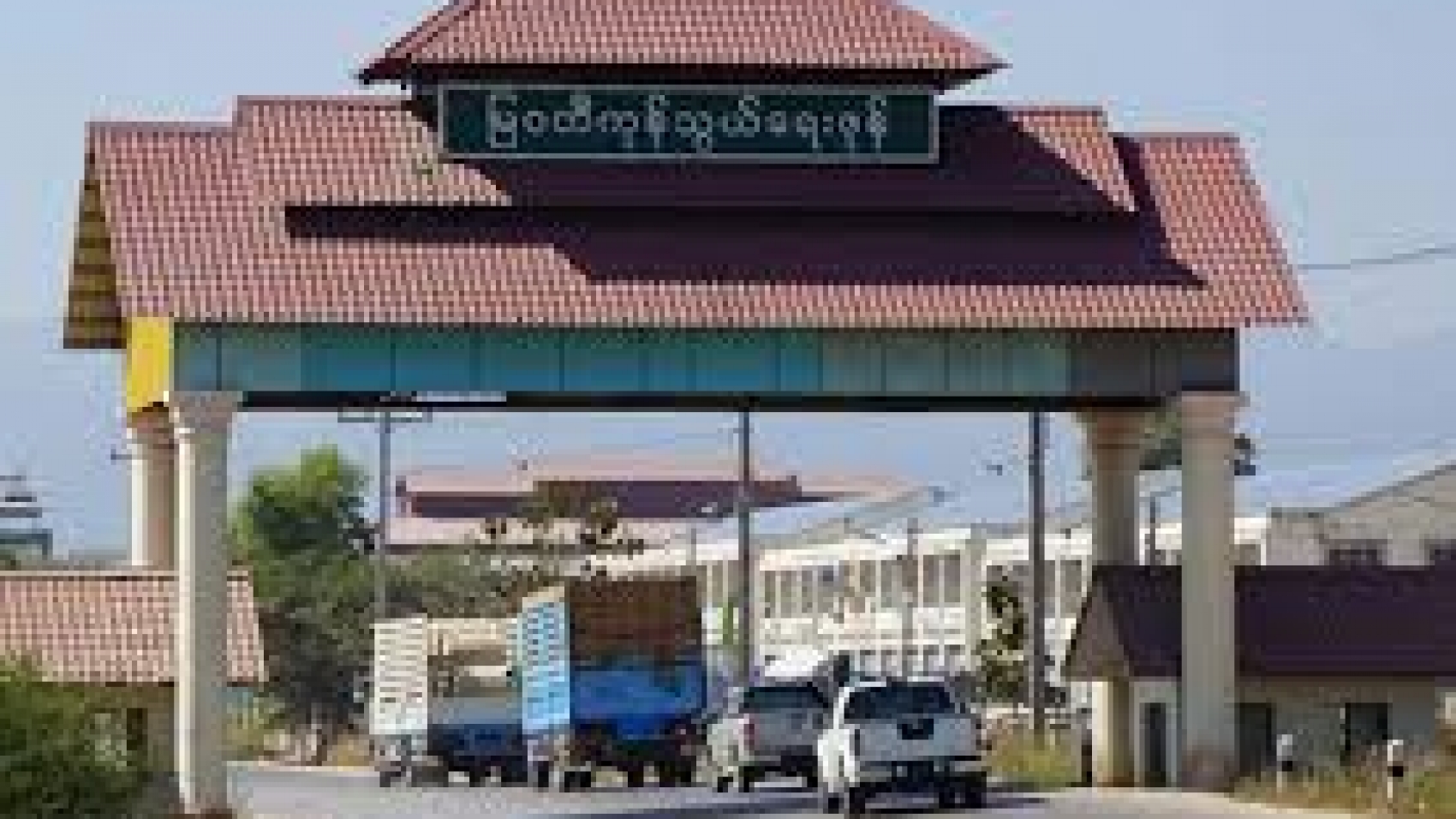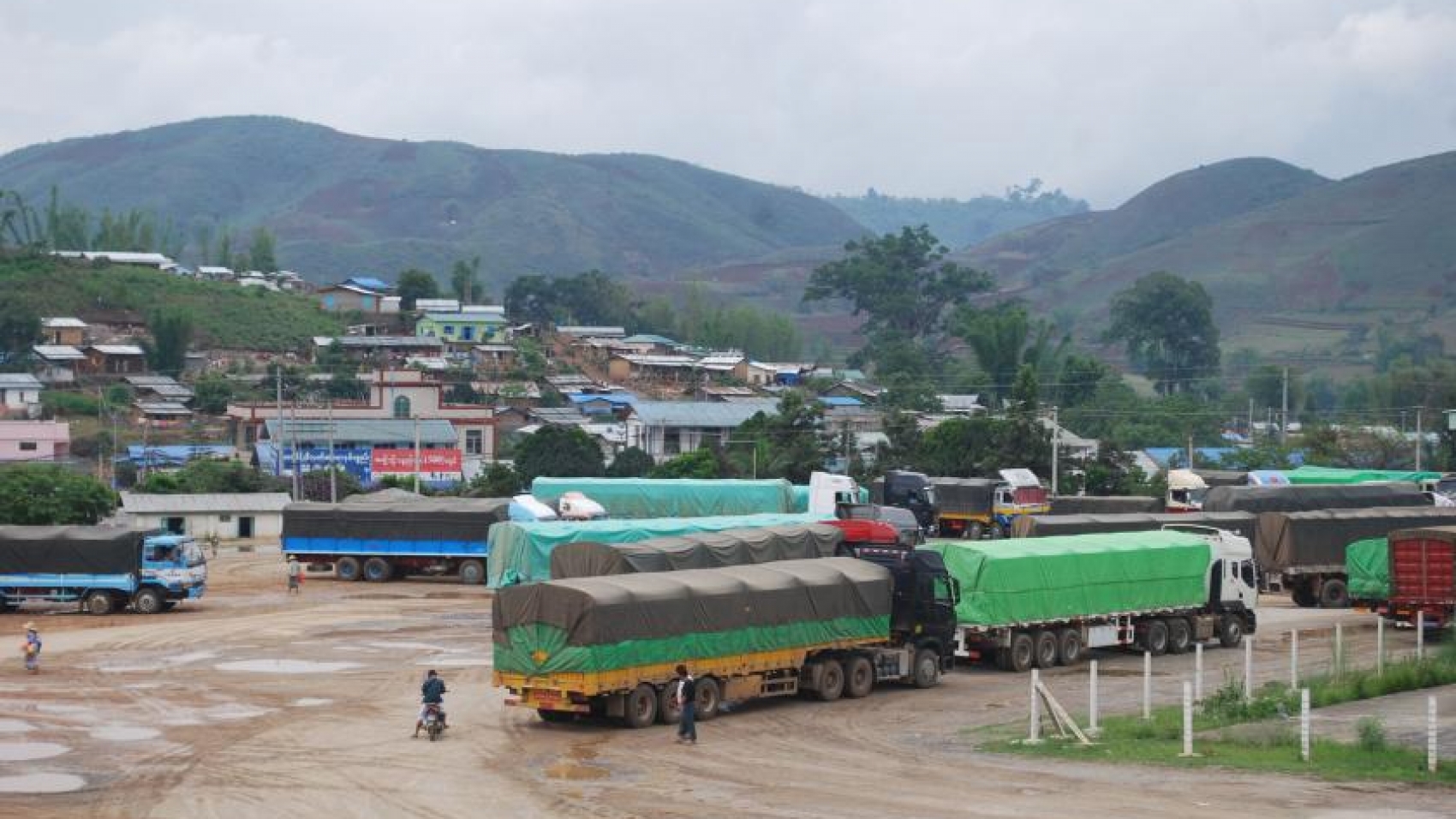In the six months from October to March of the 2020-2021 fiscal year, China topped the list of top 10 exporters from Myanmar with $ 2,941.56 million, followed by Thailand with US $ 1,551.23 million, according to the Ministry of Commerce. $ 498.39 million to Japan; $ 393.57 million to India; $ 349.06 million to the United States; $ 203.09 million to Spain; $ 202.93 million to Germany; $ 185.02 million to the UK; $ 167.24 million to South Korea; $ 152.96 million was exported to the Netherlands. From October 1 to the end of September of the 2019-2020 fiscal year, Myanmar-China trade amounted to more than $ 12.126 billion, with China importing more than $ 6.724 billion, according to the Ministry of Commerce.
From October to September of the 2019-2020 fiscal year, Myanmar-China trade amounted to $ 12126.278 million, with exports from Myanmar amounting to $ 5,401.943 million and imports from China worth $ 6,724.335 million. In the 2019-2020 fiscal year, Myanmar-India trade amounted to more than $ 1.3 billion, down more than $ 130 million from the same period last year. From October 1 to the end of September of the 2019-2020 fiscal year, Myanmar exported $ 616.464 million worth of exports to India, while India imported $ 696.937 million worth of goods, generating a total trade volume of $ 1,313.401 million.
In the first six months of the 2019-2020 fiscal year, Myanmar’s major trading partners were more than 33 percent with China; Thailand and 13.6 percent; Singapore 9.7%; Japan and 5.3 percent; India and 4%; Pyidaungsu Hluttaw, 34.3% trade with other countries Public Accounts Joint Committee; according to the Findings and Opinion Report No.(8/2020) regarding the first six months report of the National Plan for the fiscal year 2019-2020. From October 1 to the end of September of the 2019-2020 fiscal year, Myanmar’s exports were worth $ 3,095.988 million. Thailand imported $ 5,109.479 million worth of goods worth $ 2013.486 billion. The main priority areas of the National Export Strategy 2020-2025 are agro-based food production, textile and clothing sector, industry and electronics, fisheries sector, forest products, digital products and services, logistics services, quality management sector, trade Information services, innovation and entrepreneurship, according to the Ministry of Commerce.
Source: Daily Eleven

